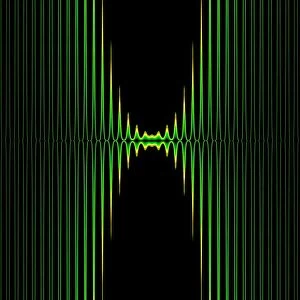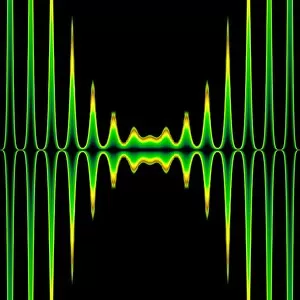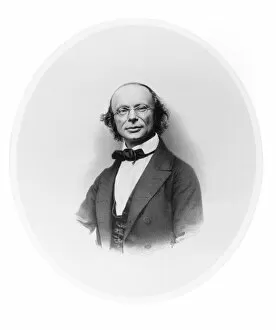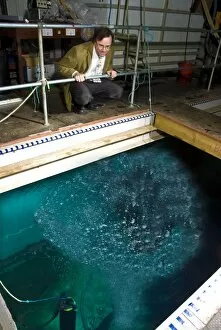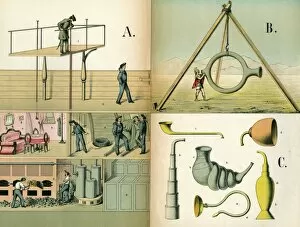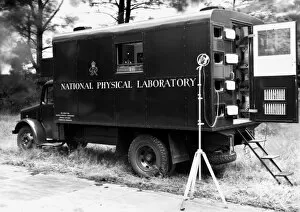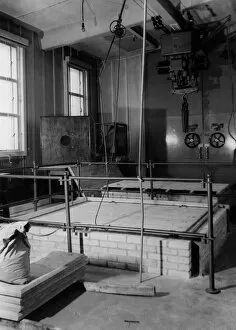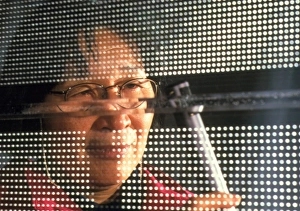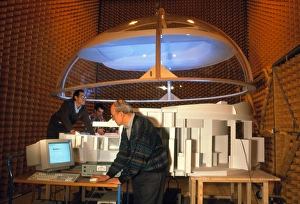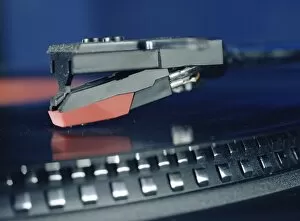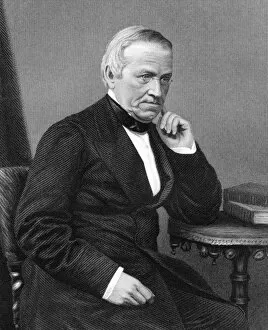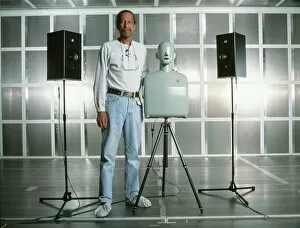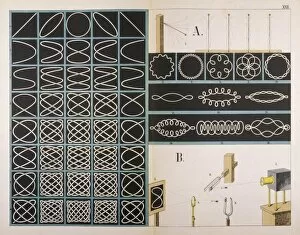Acoustics Collection (page 2)
"Unveiling the Art of Acoustics: From Needles to Theaters, a Journey through Sound" Needle playing a record: As the needle delicately touches the vinyl
All Professionally Made to Order for Quick Shipping
"Unveiling the Art of Acoustics: From Needles to Theaters, a Journey through Sound" Needle playing a record: As the needle delicately touches the vinyl, it sets in motion a symphony that resonates with our souls. #AcousticWonders SEM (Scanning Electron Microscope): Peering into the microscopic world reveals intricate patterns and structures that shape sound waves. #HiddenMelodies Ostia Antica Theater, Italy: Echoes of ancient performances still linger within these historic walls, showcasing how acoustics shaped theatrical experiences centuries ago. #TimelessResonance Music room by Oliver Hill: Step into this enchanting space where every note is embraced by carefully designed acoustics, creating an immersive musical haven for artists and listeners alike. #HarmonyInDesign The Tarentella (engraving): A visual representation of dance intertwined with music; its lively rhythm reverberates through time, reminding us of the power of acoustic vibrations in cultural expressions. Hall at Simonetta near Milan (engraving): This grand hall stands as a testament to architectural marvels that enhance sound propagation, enveloping audiences in an auditory feast fit for royalty. The Invisible Woman (engraving): Unseen but heard – she embodies the essence of acoustics' magic; her ethereal voice captivates hearts without revealing her presence. The Horn of Alexander (engraving): Legend has it that this mystical horn possessed extraordinary acoustic properties capable of amplifying even whispers to thunderous roars—a symbol of nature's sonic wonders. Chladni (engraving): Through captivating patterns formed on vibrating plates sprinkled with sand or salt, Chladni revealed mesmerizing insights into sound resonance—an artist painting melodies with physics. A Discovery in Acoustics - A Traveler's Story (litho).

